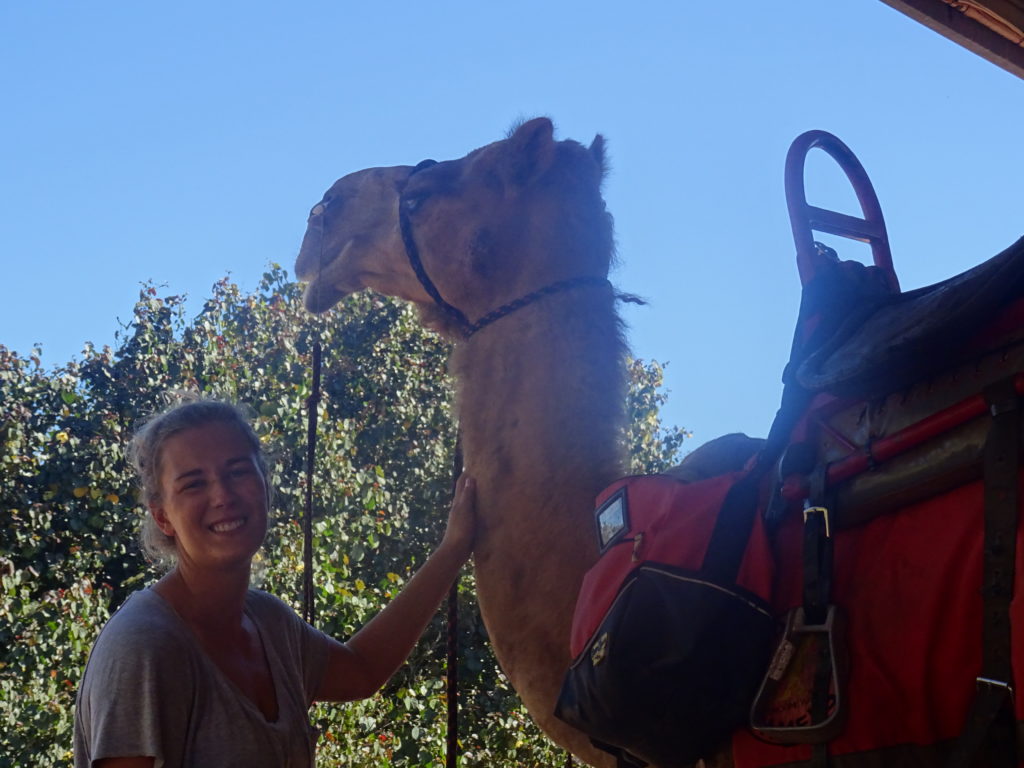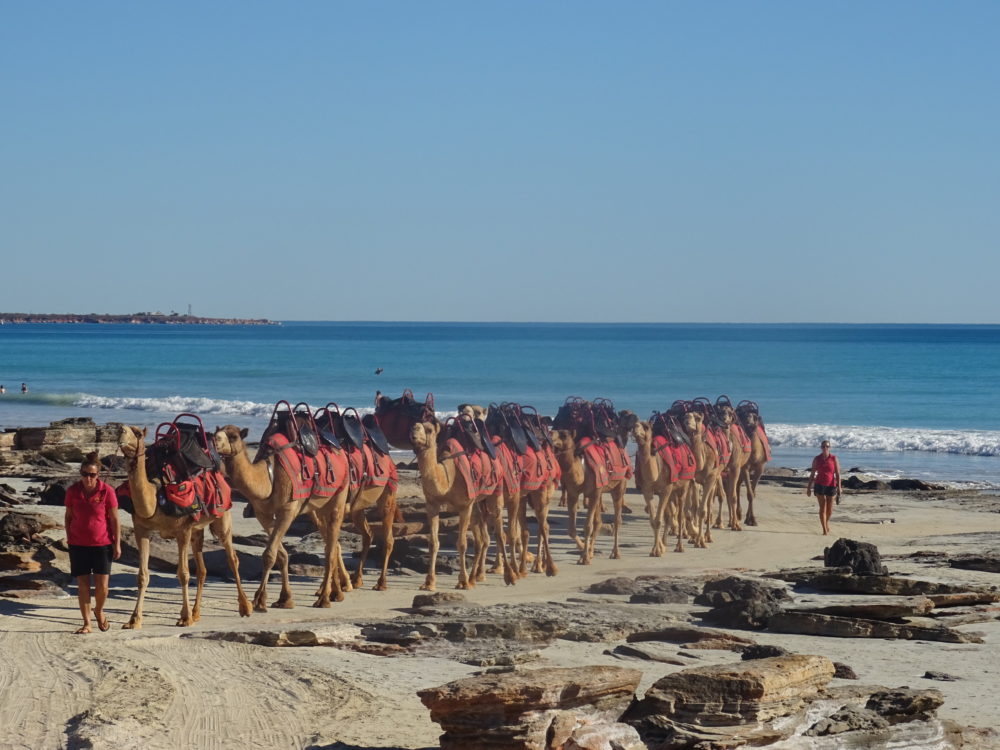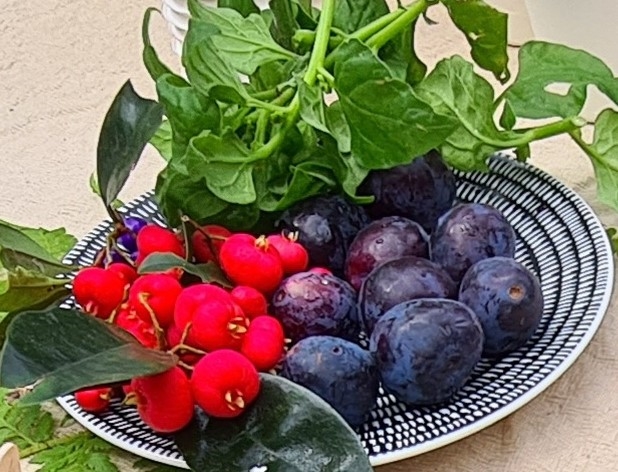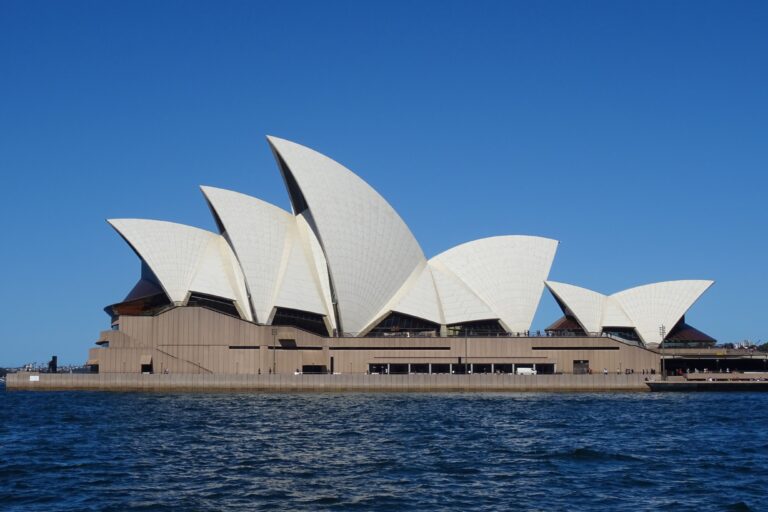By Neena Bhandari
Broome, 29.07.2017 (The Hindu): Australia invokes images of kookaburras and cockatoos, sharks and spiders, kangaroos and koalas, but it is also home to thousands of camels.
Camels were brought into Australia from the Indian sub-continent in the 19th century for transporting material for building roads and railways, and carrying food, water, medicines and mail to the isolated and inaccessible pastoral and mining communities of the central and western regions of this arid continent.
The inhospitable desert terrain was not suitable for traditional horse wagons and bullock carts. The camels and cameleers or experienced camel handlers from the Indian sub-continent became the mainstay of Australia’s exploration and economic development in the Outback during this period. They transported tools and equipment needed for major infrastructure projects, such as the Overland Telegraph and the Trans-Australian Railway from Port Augusta to Alice Springs called the Afghan Express and later The Ghan.
The Ghan, which today spans the 2979km stretch from Adelaide to Darwin, has a logo of a cameleer in recognition of the contribution of the `Afghan’ cameleers. While some cameleers were from Afghanistan, others hailed from Baluchistan, Sind, Kashmir, Punjab, Rajasthan, Egypt, Persia and Turkey.
As Melbourne-based author, Hanifa Deen says, “All cameleers who came to Australia in the nineteenth century were called Ghans. It didn’t matter which part of British India they came from, they were all lumped together. Between 1860 and 1920, approximately 20,000 camels and 3,000 cameleers from Karachi and Bombay landed in ports around the country. In their wake came young Indian hawkers, merchants and small businessmen with big ideas– both my grandfathers among them–one Punjabi Muslim and one Kashmiri Muslim”.
“As a little girl, I remember seeing these very old turbaned men sitting in the courtyard of the Perth Mosque, pulling gently on their hookahs. My father told me they were brave pioneers who opened up the country carting water, construction materials and the mail. But when I went to school, they never appeared in my history books. So, I decided to write about these wonderful men who’d been left out of Australian history, but were very much a part of my family history and my identity”, says Deen, author of Ali Abdul V. the King: Muslim Stories from the Dark Days of White Australia.
The likely first camel was that used by a South Australian explorer, John Horrocks, in the 1840s. According to a librarian in the State Library of Victoria’s Manuscripts Collection, “The Burke & Wills camels were one of the first to come from the Indian sub-continent. Burke & Wills Web: the digital research archive states that George James Landells was commissioned to buy the camels. He arrived in Kolkata in December 1858 and in May 1859 received the commission to buy the camels and recruit cameleers. He travelled to Lahore, Murree, Kashmere, Bikaner and Peshawar and finally bought 18 Dromedary camels (Camelus Dromedarius) from Rajasthan in December 1859”.
The majority of cameleers came alone to work on three-year contracts. They lived in quarters on a breeding station or in settlements on the outskirts of towns that came to be known as Ghan towns and they also built makeshift mosques.
“The early camel men were never meant to stay, marry and have families. They were in Australia on sufferance really, to open up the dry interior and desert that was too arid for horses. They became a “problem” when the White Australia Policy [The Immigration Restriction Act 1901] was introduced”, says Deen, a third generation Australian.
They faced racism and discrimination from the European communities, but were accepted by the local Aboriginal population. Some cameleers married Aboriginal women and had families here.
With the advent of motorcars and railways, the camels and cameleers became redundant. Many of them returned home, leaving their camels in the wild. Mostly Dromedary, but there were some Bactrian camels too. In 2007, the estimated feral camel population was around 1,000 000, half of which were in Western Australia. In 2010, the government introduced the Australian Feral Camel Management Project, with the aim of reducing camel densities through culling and mustering the animals for sale.
Camels are still an enduring part of the Australian landscape. They are used in races, rides, Outback safaris, and bred for camel milk, cheese and meat.

At the Red Sun Camels farm, just outside the north-western coastal town of Broome, camels are enjoying a meal of oaten and Lucerne hay. Jade Trevenen, the Operations Manager at the farm, along with other cameleers is getting them ready for the much sought-after Sunset Camel tour on the white sands of Cable Beach. She says, “Camels are confident and astute compared to horses and I just love working with them. Recently, we had a bridegroom ride on one of our camels”.
The farm has 32 camels between the ages of eight and 30. While wild camels live for approximately 25 years, domesticated camels can live up to 40 years. Red Sun Camels’ Managing Director John Geappen says, “The traditional perception of camels is that they smell, spit, kick and bite. People’s minds are changed once they meet and interact with our camels. They are just gentle big giants that are loyal, intelligent, hardworking and easy to maintain. Working with camels is so unique and rare. It is perceived as an exotic pastime”.
Agrees Dean Beer, a cameleer at the Uluru Camel Tours in Yulara near Australia’s famous Red centre icon – Uluru [Ayer’s Rock]. He says, “These are quirky animals with very individual personalities. My favourite camel, Randy, who is about 23 years old is like a one tonne Labrador”.
The annual Uluru Camel Cup, held on the last weekend of May, has become a popular attraction for local and international visitors. “We have about 60 camels on our farm here, one-third of them compete for the Cup. We also have a working saddlery. It takes about 30 hours to make one saddle, which weighs about 18kg and can accommodate two persons”, says Lisa Evans, sales and marketing manager at Uluru Camel Tours.
© Copyright Neena Bhandari. All rights reserved. Republication, copying or using information from neenabhandari.com content is expressly prohibited without the permission of the writer and the media outlet syndicating or publishing the article.



